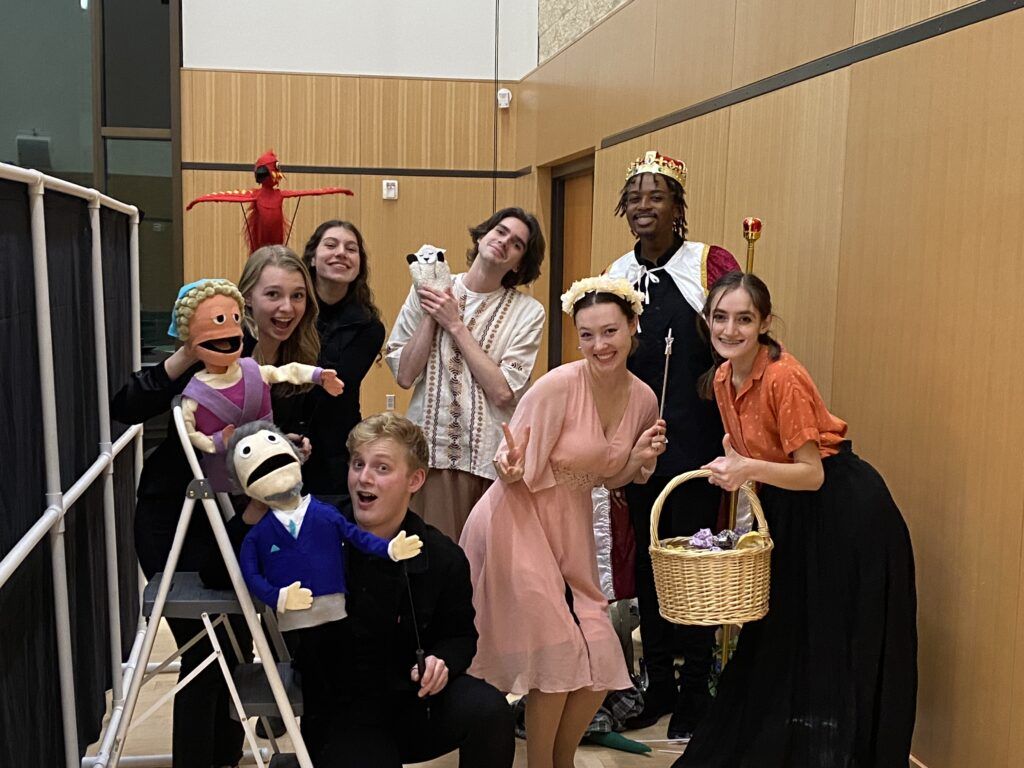
A stack of handwritten cards, plastered with crayon drawings of fire-breathing dragons and fairies, sits atop the desk of Whitworth music professor Dr. Scott Miller, in great contrast to its more “academic” surroundings.
This playful clash is a testament to Whitworth’s latest production of “St. George and the Dragon,” an unconventional work that allowed both the piece’s performers and audience to experience opera through a new lens.
The opera is a one-act for young audiences that featured music by Sterling Tinsley and a libretto, or text, by Kate Pogue.
Dr. Miller described the ways in which the piece stands apart from many presented by Whitworth in the past, especially in its one-act length. “It’s a children’s opera, so it’s only about 40 minutes long, in order to fit their attention span and be geared towards elementary school children.”
“St. George and the Dragon” broke the mold in a number of ways, especially in that it’s not a published work, making it unavailable to any other institution. Miller also premiered it years ago for the Houston Grand Opera Outreach. While planning a production for his students this year, Miller remembered this piece, reached out to its composer and received the music directly from its creator himself.
Many hands came together to ensure the success of “St. George and the Dragon,” including assistance from Aaron Dyszelski, theater department chair, in the making of puppets to enhance the young audience’s experience.
According to Miller, students started learning music during the fall in preparation for its premiere during Jan Term. After a week spent staging, Miller and his cast visited elementary schools in Spokane County and the Music Conservatory of Coeur d’Alene. In total, students put on 15 performances, and sometimes performed multiple times within one school.
Miller described the unconventional venues at which the cast performed. “We’ve performed in cafeterias and gymnasiums and all kinds of unusual places…unplugging the milk machine so it wasn’t too noisy.”
The unorthodox components of this piece allowed for Miller’s students to undergo an experience that stretched and grew their performance abilities.
As the opera’s director, Miller diverged from the original plot points of “St. George and the Dragon” by retelling its classically tragic ending in an introspective and light-hearted manner.
“So long story short, at the end, he [George] is fighting the dragon, and when he’s about to slay the dragon, one of the other characters says, ‘Wait, there’s a sword in the dragon’s side!’” Miller said. “They talk and they decide the reason he’s being mean, and threatening everyone else, is because he’s been wounded and mistreated.”
Rather than slaying the dragon, “George pulls the sword out of the dragon’s side, and then everybody basically lives happily ever after,” Miller said. “It just shows you how times change, and also, it was a change for the better because it teaches a better lesson.”
An alternative and original slant on the conventional fairytale, the distinctiveness of this piece enabled its director, performers and audience to gain a new perspective on, not only opera, but on life.
“Performers generally like to get applause and appreciation, but the real gift was seeing the happiness that the children gained from the opera, which was worth far more,” Miller said. “It’s a different kind of appreciation.”



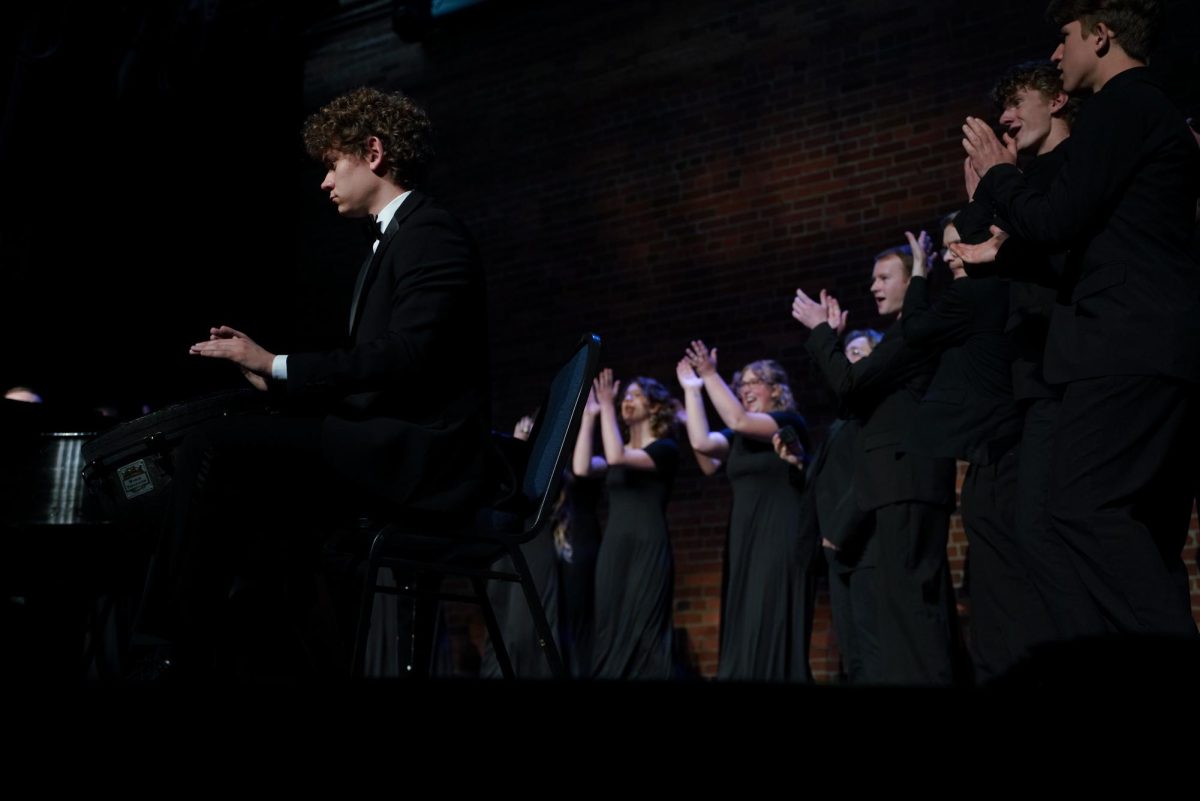


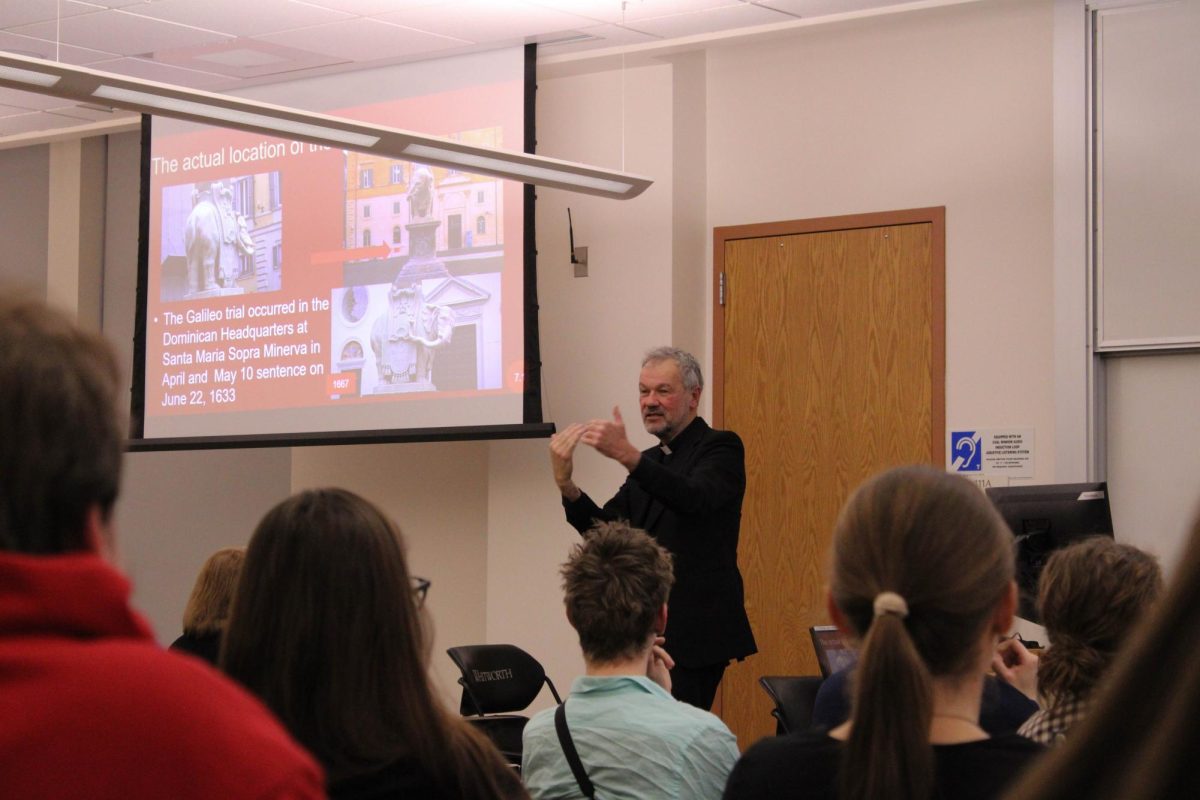
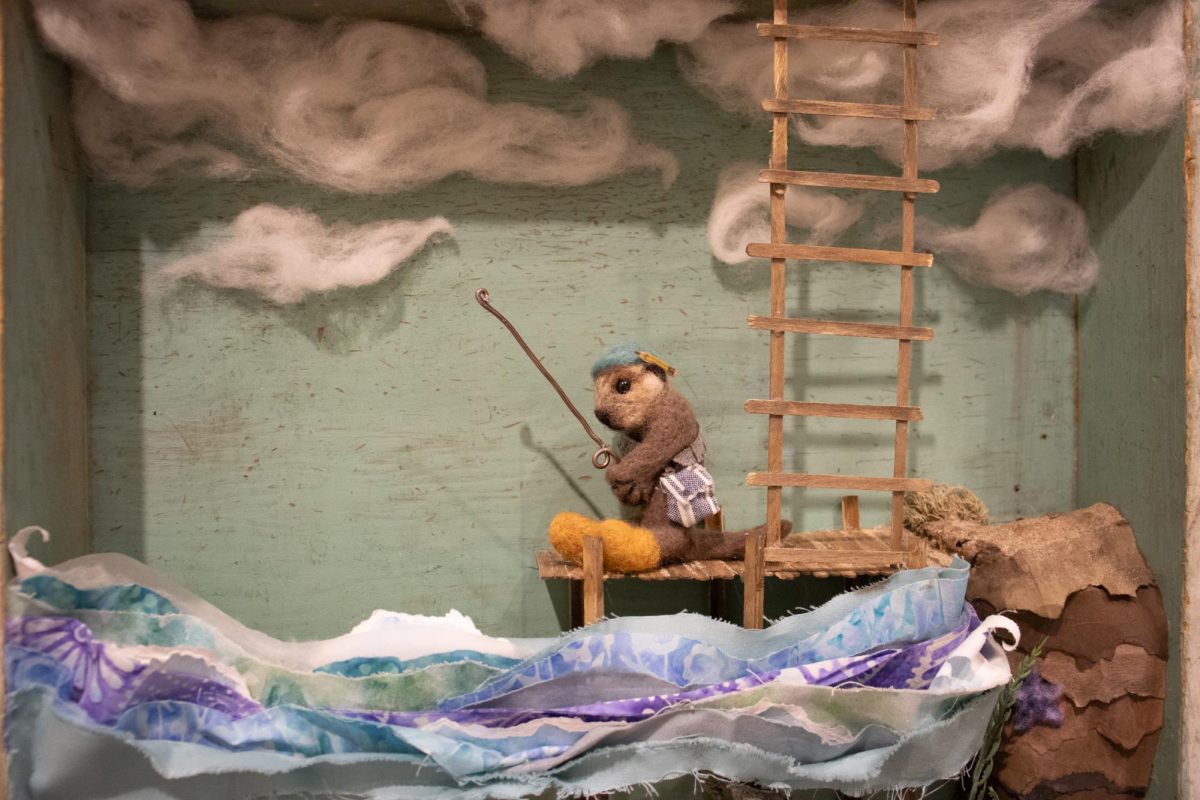



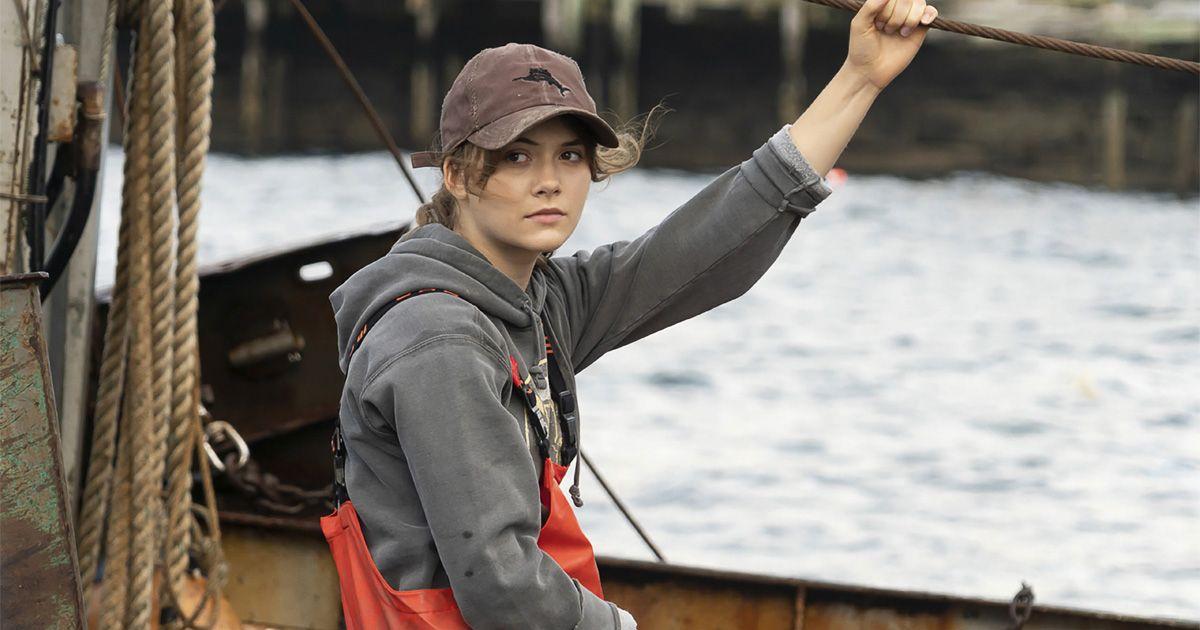



 Spokane?
Spokane?